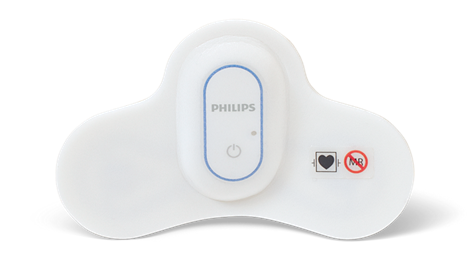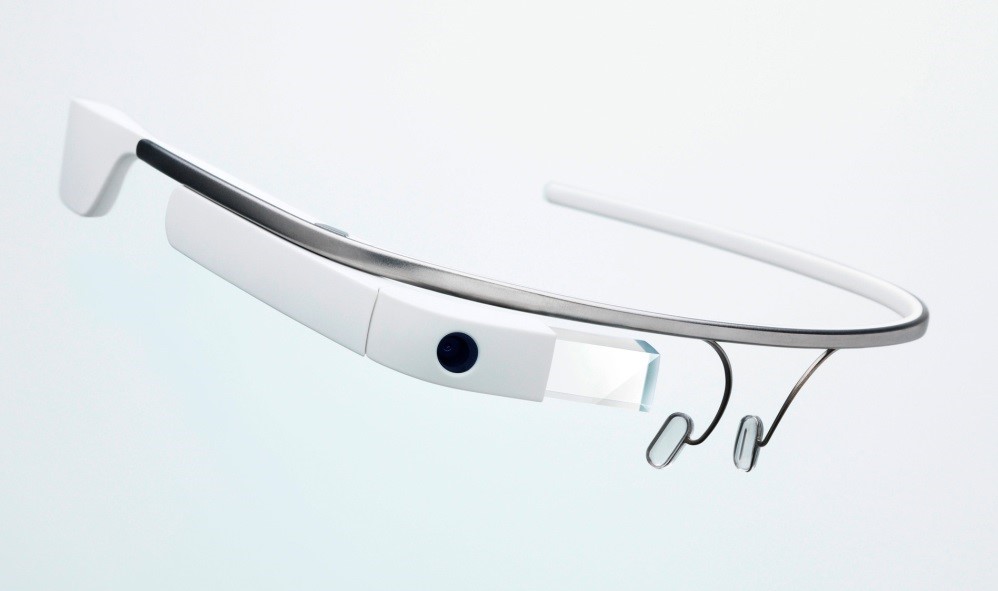Fitness or fitness monitoring smartphone applications have grown quite popular in recent years, which is great, but there are still certain drawbacks due to the size of the mobile. At this time, since wearable technology ( Wearable App Integration ) offers numerous advantages over portable technology, the discomfort has been alleviated by the use of wearables.
The integration of fitness and health tracking apps into wearables rather than on mobile devices, what the idea of mobile software developers. They assist individuals in keeping track of their sleep, monitoring their heart rates, calculating calories, tracking exercises, and even detecting early indications of diabetes, playing games, listening to music, supporting people with disabilities. Wearables have quickly acquired popularity and become a part of a healthy lifestyle.
What are wearables?
It’s a little gadget that’s far more portable than a phone, and you can simply carry it in your person. Compared with the mobile phone, it has many advantages such as lightweight and fast, low energy consumption, advanced interaction features, design simplification, etc
You constantly receive real-time messages/notifications through it since it is connected to the Internet and immediately connects to mobiles and personal computers. Allows you to access data from any location. Wearables come in a variety of forms and are utilized for a variety of reasons nowadays:

Figure 1: Biosensor BX100 (source: Biosensor BX100 Wearable biosensor | Philips Healthcare )
The relationship between the Mobile app and Wearables IoT
When the Internet evolves to accommodate a large number of devices, the term “Internet of Things” becomes increasingly common. In the evolution of IoT, mobile apps play a critical role, they serve as interfaces that allow us to interact with physical objects using IoT technology.
Wearable functionalities now and in the future:
- Real-time communication: future wearable mobile applications will offer users and concerned experts with real-time updates on the user’s current status as monitor the user’s health parameters, send notifications/alerts, and send messages.
- Artificial Intelligence: will provide ideas to tackle certain problems based on artificial intelligence algorithms mixed with user data analysis.
- Augmented Reality: the augmented reality techniques used in the forthcoming mobile apps for wearables will enhance the human senses of seeing, hearing, touching, and smelling. At the same time, it can help persons with impairments do routine tasks.
- Seamless data transmission: wearable device applications would allow for quick and smooth data transfer across smart devices (e.g Bluetooth and WiFi).
- Biometrics and semantics: the new wearable mobile applications would allow for the combination of biometrics and semantics-based software to aid in the interpretation of emotions and the tracking of progress.
- Advanced interaction features: human interaction elements would be increased in future mobile applications for wearable devices.
Importance of Integrating Mobile Apps with Wearables
Firstly, consumers, gadgets, and revenue are all quickly increasing. As a result, the industry will require more specialized skills and knowledge in order to provide user-friendly apps for controlling wearable devices. Developers for mobile devices are in demand like never before.
Secondly, in the field of health care, the development of wearable app integration is proving to be a tremendous benefit. Professionals now have easier access to information on their patients, which can be accessed at any time and from any location. Google Glass is a good illustration of this. During surgery, surgeons can utilize it to continuously monitor a patient’s heart rate and vital signs.

Figure 2: Google Glass for doctors (source: Google Glass Helped Doctors To Save A Life – Wearable Is Useful After All (wccftech.com))
Finally, the most popular portable gadgets are fitness wristbands and smartwatches. However, many areas, such as developing productivity management systems, attendance, and even virtual reality systems for staff training, still have a lot of room for improvement.
Conclusion
Until a new technology replaces it, wearable technology ( Wearable App Integration ) will be the next development trend in modern technology. It will have a direct impact on a variety of businesses, including healthcare, education, media, and tourism, as well as the mobile software development industry. The growth of mobile apps for wearables will play a critical role in the future as wearable technology continues to provide value directly to customers. This technology’s output improves the user experience while also improving overall corporate performance. Wearable technology’s greatest advantage is that it aids in the rapid advancement of any organization.
Source of references:
- Importance of Integrating Mobile Apps with Wearables (mobileappdaily.com)
- 5 Examples of Wearable Devices in Healthcare (businessinsider.com)
- How wearables influence the future of mobile applications? (marutitech.com)
- Impact of WEARABLES on MOBILE APP DEVELOPMENT • Appy Pie
- How wearables can influence mobile app development in the nearest future? (exposit.com)
- The importance of mobile applications integration in wearables – Zalox | Web Agency
- Role Of Mobile Applications In Wearable Technology (openxcell.com)
- Influence of Wearable Technology on Mobile App Development (tvisha.com)
- What are the Challenges & Benefits of Wearable App Development? (cmswebsiteservices.com)
